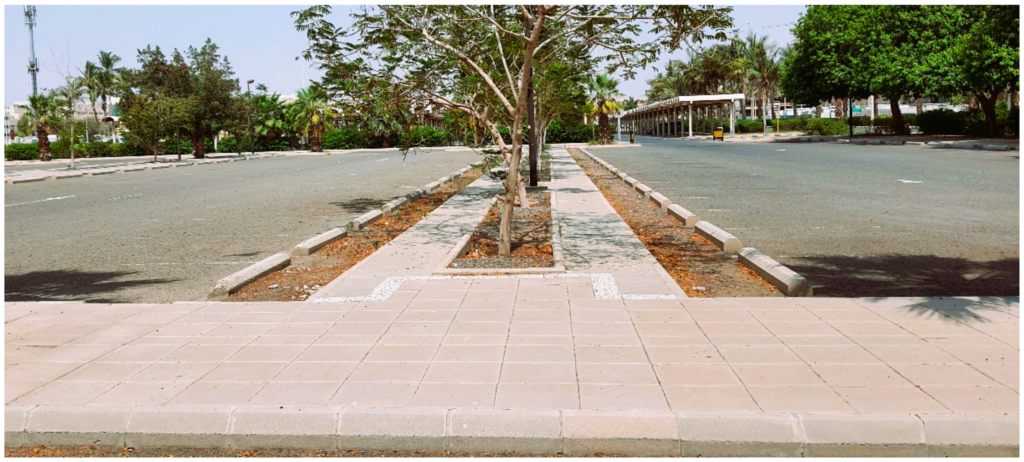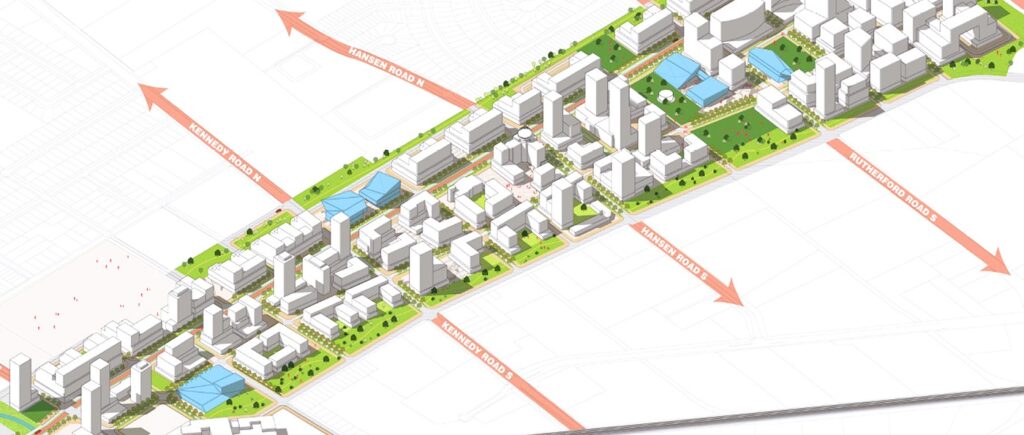Walkability, the measure of how pedestrian-friendly an environment is, is a crucial aspect of creating livable and vibrant communities. In Ontario, various initiatives are being undertaken to promote walkability and enhance pedestrian infrastructure. One notable program is the Walk Friendly Awards, which recognizes municipalities and communities that prioritize and excel in creating walkable environments. This article explores the importance of walkability, the Walk Friendly Awards program in Ontario, and the impact it has on fostering pedestrian-friendly communities.
- The Importance of Walkability
a. Health and Well-being: Walkable communities promote physical activity, improve cardiovascular health, and contribute to overall well-being. Residents who have access to safe and attractive walking routes are more likely to engage in regular exercise, leading to healthier lifestyles.
b. Environmental Benefits: Walkability reduces reliance on cars, resulting in fewer greenhouse gas emissions and improved air quality. It helps combat climate change and contributes to sustainable transportation options.
c. Social Connection: Walkable neighborhoods encourage social interactions, creating a sense of community and fostering social connections among residents. Pedestrian-friendly streets and public spaces provide opportunities for people to meet, interact, and build relationships.

d. Economic Advantages: Walkable communities can stimulate local economies by attracting businesses, increasing property values, and reducing transportation costs. People are more likely to visit and spend time in areas with pedestrian-friendly infrastructure. Like our articles? See also the article about the City Forest.
- The Walk Friendly Awards Program in Ontario
a. Purpose and Criteria: The Walk Friendly Awards program in Ontario aims to recognize municipalities and communities that demonstrate a commitment to creating walkable environments. The program evaluates various aspects, including pedestrian infrastructure, safety measures, pedestrian planning, education and outreach, and ongoing efforts to improve walkability.
b. Award Levels: The Walk Friendly Awards program in Ontario has different levels of recognition, ranging from Bronze to Platinum, based on the performance of municipalities in meeting the walkability criteria. This tiered system encourages continuous improvement and provides benchmarks for communities to strive towards.
c. Benefits and Recognition: The Walk Friendly Awards program offers numerous benefits to recognized municipalities, including increased visibility, positive publicity, and access to resources and best practices. It serves as a platform to showcase successful walkability initiatives and inspire other communities to prioritize pedestrian-friendly design.
- Impact and Success Stories
a. Infrastructure Improvements: Through the Walk Friendly Awards program, municipalities in Ontario have implemented significant pedestrian infrastructure enhancements, such as the development of sidewalks, crosswalks, pedestrian bridges, and accessible pathways. These improvements contribute to safer and more enjoyable walking experiences.
b. Education and Outreach: Recognized communities have implemented educational campaigns and programs to promote pedestrian safety, raise awareness about the benefits of walking, and encourage active transportation choices. These initiatives empower residents with knowledge and create a culture of walking.
c. Collaboration and Partnerships: The Walk Friendly Awards program fosters collaboration among municipalities, community organizations, and various stakeholders. Sharing best practices, resources, and experiences strengthens the collective efforts towards creating walkable communities.
- Standards and Guidelines
a. Ontario Traffic Manual: The Ontario Traffic Manual provides guidelines for the design, installation, and maintenance of pedestrian infrastructure, ensuring safe and efficient walking environments.
b. Municipal Standards and Bylaws: Local municipalities have their own standards, bylaws, and guidelines for pedestrian infrastructure and walkability, tailored to their specific needs and contexts.

c. Pedestrian Safety Legislation: Ontario has legislation and regulations in place to protect pedestrians and ensure their safety, including rules related to crosswalks, traffic signals, and pedestrian rights-of-way.
Conclusion
The Walk Friendly Awards program in Ontario plays a significant role in recognizing and promoting walkability as a key component of creating livable communities. By prioritizing pedestrian infrastructure, safety, and education, Ontario is setting an example for other regions to follow. The program encourages continuous improvement, fosters collaboration, and celebrates the efforts of municipalities and communities in enhancing walkability.
For more information on the Walk Friendly Awards program and related standards, please visit reliable sources such as Wikipedia.


